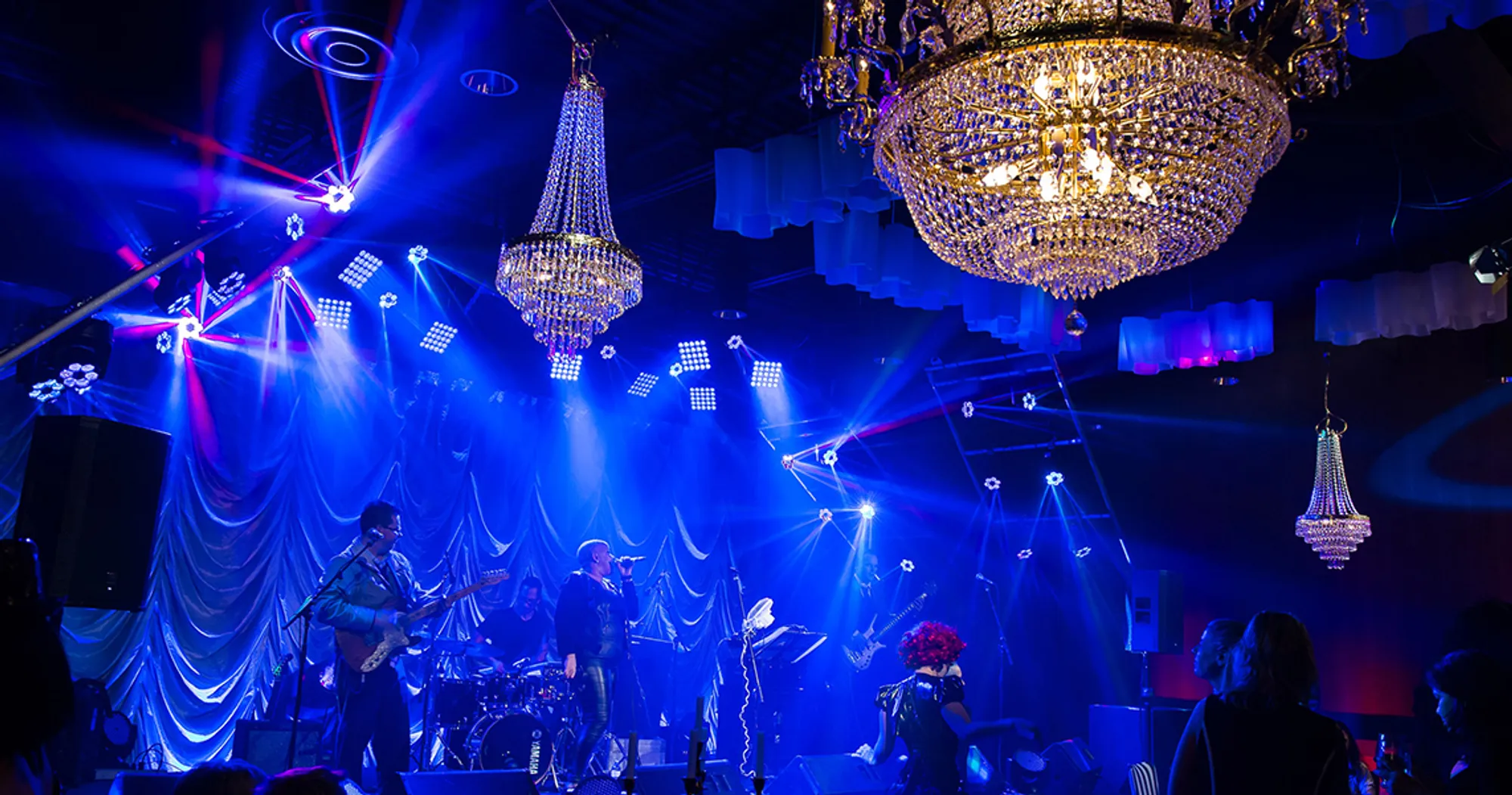Lights, camera, action! What’s the most important part of a stage event? That’s a trick question… the play, discussion panel, or performance art piece relies on a backstage crew, the people on the stage during the event, and on our favourite part – the lighting.
Lighting a stage is a complex endeavor that can really make or break the performance. Here are several trends in lighting stage events that are gaining popularity.
Offstage Lighting
Not all the action takes place on the stage. Some of the most impactful performances take place when the actors leave the stage and interact with the audience, or create suspense and surprise by popping up in a different part of the theatre.
To fully actualize the impact, the audience must see and understand what is going on when they are suddenly forced to look away from the stage and at another part of the room. The best way to achieve this is to dim the stage lighting and spotlight the performer in the audience or back/side of the room. More tension and drama are added when coloured lights are used to convey the emotion. A red light as the “bad guy” stealthy stalks up to the stage, a white light showing a heavenly visitor coming to impart wisdom to the hero, a blue light to indicate a private conversation that is a big plot point, for example.
Ensuring this lighting stage event trend goes off flawlessly means relying on professionals that work with the production team. Having the right lights in the right place during the performance is key. If the timing is off, the effect is lost (and so is the audience).
When the Lighting Is the Show
From plays to concerts, downtime on stage cannot be avoided. There are set changes, band changeovers, intermissions, and more to contend with.
A lighting stage events trend that is innovative and really keeps the audience engaged is to have a mini light show during the downtimes. When the curtain falls, dancing spotlights keep the audience’s attention. When the band is leaving the stage, smoke and “lasers” keep the energy high.
A mini or intermittent light show can also be timed to play into the next act. A light that follows the curtain up then comes back down on a main character seamlessly transitions acts. A band coming out and getting ready behind a light show, then having that show fade to highlight each band member before they start their set is a great introduction.
Audience Participation
Not every show is about the performers. Improv, comedies that rely on audience interaction, and even panel discussions require a constant focus that shifts from the stage to the floor. When performers or panelists must move from stage level to the theatre floor, or audience members must traverse to a podium or onto the stage, there are a few things to consider.
First, there is the safety factor. Lighting trends for stage events in this case see airplane-style floor lights discreetly lighting the way around crowded theatres and halls, so the person/actor moving around can get to the desired location without having to turn on the house lights.
Secondly, the audience must stay engaged. Looking around to see who is where destroys focus. Lighting the speaker or actor, no matter where they are in the room, helps the audience stay connected.
This is not a flashy light set up, but a very practical one. Sometimes lighting trends are not about the wow factor, but about what makes sense for the event, and what keeps everyone safe.
Why Embrace New Lighting Trends for Stage Events?
Be it a town hall meeting where important topics are discussed, a single-person monologue, or an elaborate set for a captivating play, when it’s on the stage it means a lot of work has gone on to make it happen. Don’t let that hard work get lost in the shadows. Innovative and new lighting for stage events makes your event stronger and more impactful.

